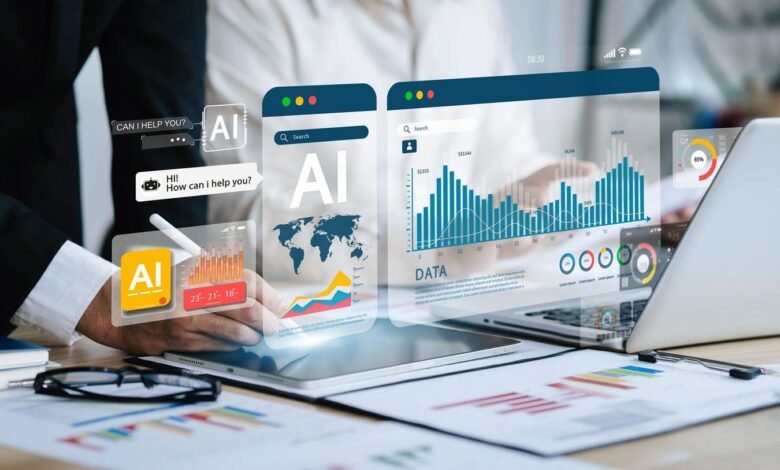Unlocking The AI Advantage To Transform PR

Public relations (PR) has always been an industry where the human touch is critical.
But at the same time, PR is not immune from the unstoppable advance of artificial intelligence (AI).
That’s why PR professionals who want to maintain a competitive edge are figuring out how to use AI to their advantage.
This isn’t just future-gazing—AI is helping PR professionals work smarter in tangible ways today. We know this, because they are our customers at Meltwater, and they tell us exactly how they are already using current AI technologies.
- Content Generation: Generative AI is helping draft press releases and pitch emails based on user preferences for tone of voice and length to scale and speed up media outreach.
- Coverage Analysis: Building campaign reports used to eat up hours of a PR exec’s time, but AI is helping them analyze and summarize large volumes of media coverage, pulling out key themes and overall sentiment.
- Crisis Monitoring: PR professionals need the ability to quickly detect early warning signs of a brand crisis. That’s why many teams use AI-powered media monitoring and social listening tools to identify unexpected spikes in brand mentions. These solutions can explain the context of those spikes in natural language, helping reduce the time to respond.
These are a few of the most common use cases for AI in PR, but some are using it in more sophisticated ways.
Advanced Uses Of AI In PR
If you want your PR strategies to be successful, you need to understand your audience and industry inside and out.
But traditional audience research tactics like field surveys and focus groups simply aren’t efficient or comprehensive enough. Too often, relying on these methods can lead to guesswork and outdated intelligence.
AI can change this.
There’s just too much online data for human analysts to make sense of at the speed and scale that would be useful. But AI can quickly turn all of that data into meaningful insights.
Audience Segmentation
Audience segmentation used to be a blunt process—grouping people based on demographic information such as their age, gender, location, educational level, income, and so on.
AI technologies can drill down into audience behaviors and help teams develop a sophisticated understanding of niche communities based on their shared values, behaviors, influences, brand affinities, and more.
This provides a much more nuanced understanding of what really makes an audience tick, making it easier to create campaigns that resonate. Unlike conventional market research tactics, it’s fast, and it’s based on real-time data, which means the intelligence it gives you is never out of date.
Trend Spotting
The same technology can also spot rising trends in consumer behavior before most people are even aware a shift is happening. In the hands of a PR professional, this insight can be used to build impactful campaigns that tap into popular new ideas, fashions, or cultural changes, beating their competitors to the punch.
For instance, if your team wants to discuss your organization’s Environmental, Social and Governance (ESG) initiatives, AI can help you quickly understand the trending issues and public sentiment toward those issues. That way, you can craft messaging that resonates more authentically with your audience.
These technologies can drastically reduce the time it takes PR teams to research ideas for communications planning. Instead of waiting weeks or months for a manual research project, AI can offer real-time intelligence to maximize a team’s efficiency and effectiveness, empowering them to create better-targeted, more successful campaigns.
Responding To Fake News And Misinformation
It’s no secret that generative AI is improving all the time.
Not only is the quality of written and visual output getting better, but we’re also seeing AI generating increasingly plausible audio and video content. OpenAI was recently reported to have developed a tool that could clone anybody’s voice based on a 15-second recording but is delaying its release due to safety concerns.
While this presents a greater opportunity to use AI for content creation, the bigger issue is a likely increase in misinformation. This could take the form of fake images, videos, and audio materials featuring your brand in a potentially damaging context, either as a prank or with explicitly malicious or fraudulent intent.
Reputation management is going to become a lot more complicated.
Fortunately, AI can also be part of the solution, since tools are being developed that can help spot fake news and artificially generated content. These will need to form part of the modern PR team’s arsenal to combat the rising threat.
Anyone who’s been paying attention to AI’s development will know only too well that its capabilities are improving at an astonishing pace. While it’s always important to avoid overhyping new technologies, it’s clear that AI is certainly going to change the way PR is done. But it’s also going to make the job more vital than ever.
Source link




